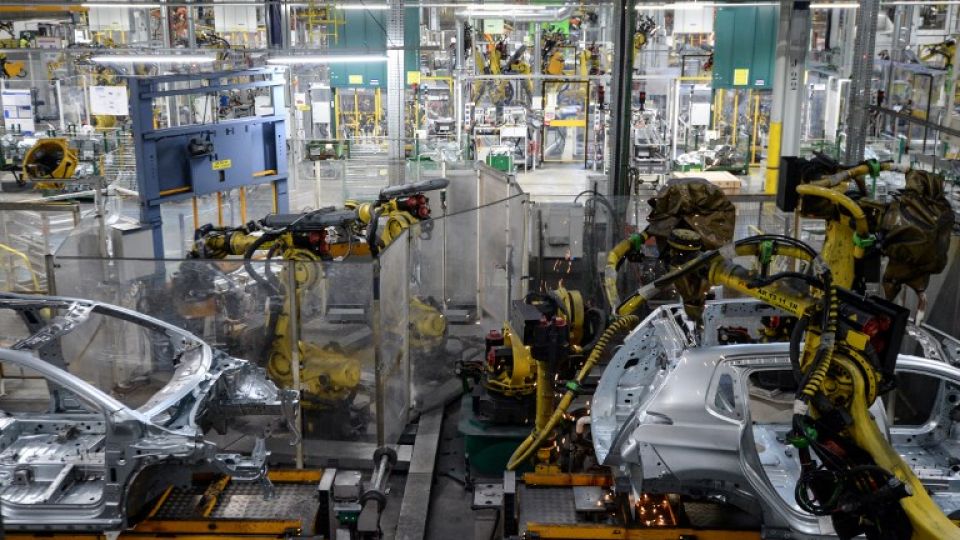March 30, 2018
Far from being a major problem, the increase in artificial intelligence can contribute to the work place.
The future of work appears to be quite exciting, even jaw-dropping. According to a recent study by the McKinsey Global Institute, as many as 800 million jobs could be lost to automation, artificial intelligence (AI) and robotics by the year 2030. In Thailand, half of the entire workforce of 30 million could face formidable challenges in the next two decades, with nearly 10 million workers already facing the prospect of being replaced by machines. The same vulnerability extends to Indonesia, the Philippines, Vietnam and Cambodia, which still rely heavily on labour-intensive industries.
But in fact, administrative and other skilled workers are also vulnerable because automation, AI and robotics can do repetitive work more efficiently than humans. Yazad Dalal, head of HCM Applications at Oracle, said in Bangkok this week that no industry was immune from technological advances.
In defining the future of work based on the “Thailand 4.0” initiative, it’s exciting to note that the quality of life for workers who are shifted to different positions and duties might greatly improve in the digital age. Predictive analytics will soon be used to manage human workers in a more holistic and proactive way as AI is adopted for the task. The positive notion is that, once machines and software take over repetitive chores, humans will have more time and resources to work creatively. More importantly, people will be better taken care of as AI guides their employers in resolving work issues.
For example, Worker A is unhappy about her 90-minute commute from home and the fact her salary hasn’t risen in five years. Alerted to her grievances, her employer wants to help her because she’s great at her job and, if she quits, finding a replacement would take considerable time and money. The boss quickly makes improvements. The benefits multiply, since studies show that unhappy workers have an 80-per-cent chance of resigning and every major enterprise with several thousand workers could have a significant percentage on the verge of leaving.
Individual workers’ key health indicators could soon complement such real-time data, gathered via wearable technology, which is becoming more widespread. Management would be able to intervene proactively and save the employee and themselves from further trouble.
All these features are becoming feasible as the time for so-called “connected workers” nears thanks to ubiquitous mobile phones and the growing popularity of wearable gear like Fitbit devices and the Apple Watch.
Workers’ improved welfare aside, the future of work is probably going to focus on the ability to broaden their skills when disruptive technology arrives. Again, AI will likely play a leading role in terms of making training courses and online coaching more efficient and effective. Fintech startups are rendering jobs in the banking sector vulnerable, for example, shaking up Thai banks, which are now turning to automation, AI and robotics to stay competitive. The bank teller’s job is becoming outdated, but they can be retrained in new functions, such as profiling customers, as their employers turn to big data and analytics to market services.
New skill sets are required, and if the former tellers have the right attitude, especially a willingness to learn new skills, then new jobs will be available. Anyone worried about technology wiping out millions of jobs should consider instead that automation, AI and robotics might replace the jobs – but not necessarily the people in those jobs.


